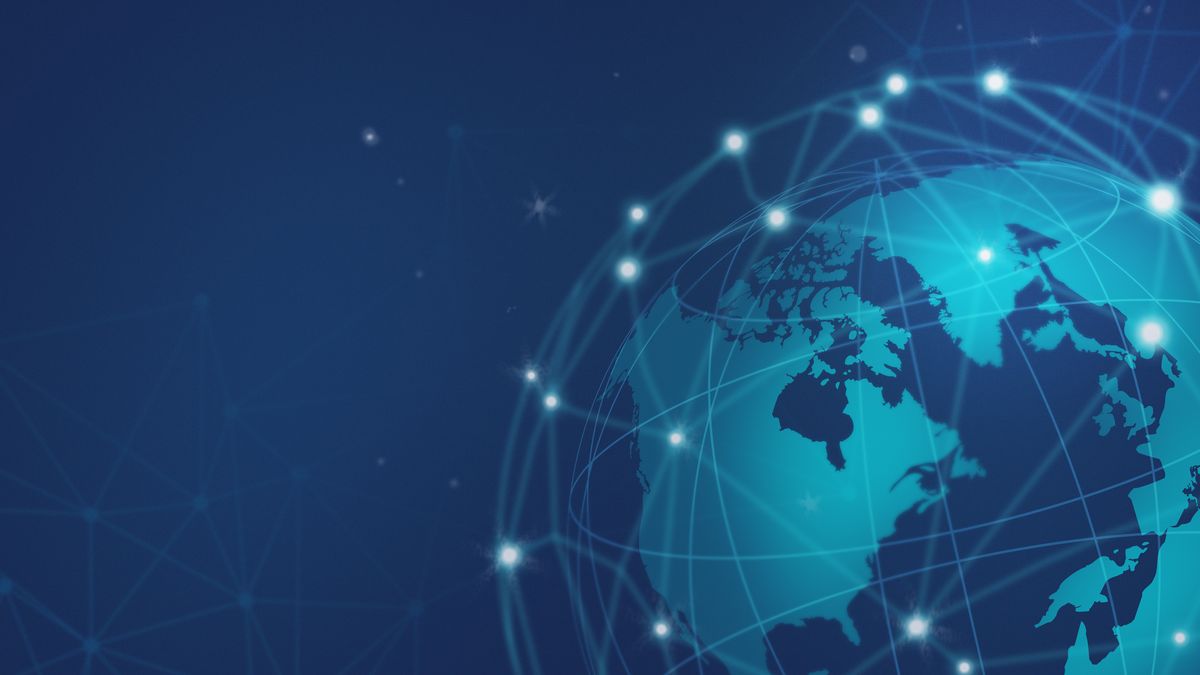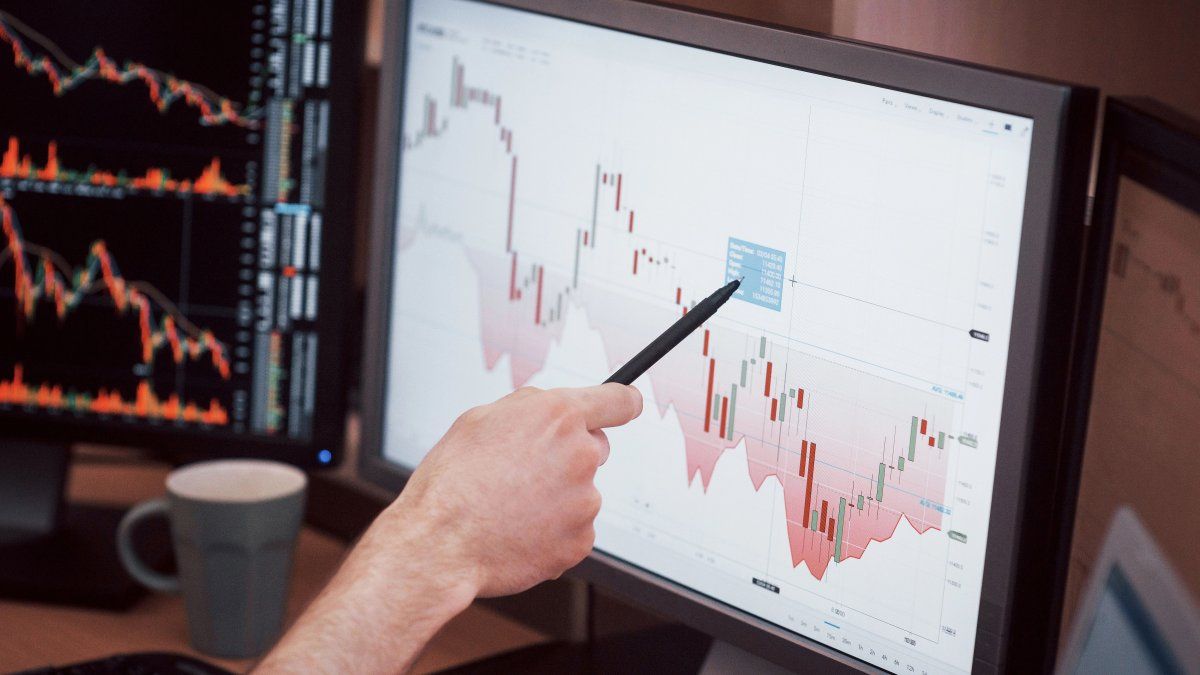The common question is simple: Why is it so important to travel in space and study the dynamics that govern the Earth, the other planets and the constellations? The answer lies above all in the specific applications of the so-called “space economy” that go from the chemical-physical analysis of the elements to the millimeter displacements of infrastructures, passing through the study of meteorological agents. It is no coincidence that the definition provided by the OECD (Organization for Economic Co-operation and Development) includes activities and resources that create value and benefits for humans in the course of exploring, researching, understanding, managing and using space. In short, the true value is not in the cost of the ticket for the Earth-Mars route or who knows what point in space.
Despite the great technological advances of the last decades and the growth of investment programs, the space economy is in its infancy: according to estimates by Morgan Stanley, the space economy will reach 1,000 trillion dollars in 2040, almost triple the current 340,000 million. Italy is the fifth country in the world and the second in Europe in space investments in relation to gross domestic product, as well as the third contributor to the European Space Agency (ESA), with some 590 million euros in 2021 (data from the Observatory of Economics of the School of Administration of the Polytechnic of Milan). To this must be added the contribution of the big Italian companies and, in particular, of the so-called national champions.
The “invisible” defense
Observation of the Earth from space is increasingly essential for the surveillance, security and protection of so-called critical infrastructures, from bridges to highways, passing through water, energy and production networks. Every day, e-GEOS analysts
analyze thousands of data collected by the Aware platform looking for slow deformations or abnormal and potentially dangerous changes in roads, bridges, buildings and other construction.
Using the satellite data of the sentinels of the European Copernicus program and COSMO-SkyMed of the Italian Space Agency, as well as other commercial data, it is possible to identify early and with a precision of a few millimeters, the deformations of assets and the detection of changes in critical zones. This activity makes it possible to enhance the analyzes carried out in situ at the physical location, controlling the stability over time of buildings, infrastructures and transport networks, as well as the land on which they are located.
Much merit can be attributed to the so-called interferometric analysis: by collecting numerous radar images over time over a given area, it is possible to identify remarkable points on the spot (for example, on buildings or infrastructure or even exposed rocks in the presence of landslides) and follow their evolution over time, to evaluate and measure their displacement, even in very preliminary phases of more extensive phenomena. For example, in the case of companies that extract natural gas or oil, the analysis is useful to verify the possible impact on the surface due to underground activities. Even in the mining sector, it is possible to monitor containment dams for toxic waste derived from the extraction process, to support interventions to reinforce the walls of the dams themselves. Space technologies and services are essential to monitor the health of our planet, provide innovative services to citizens, and increase knowledge of the universe.
Thanks to the data from the Italian Earth observation programs, such as COSMO-SkyMed and Prisma, or from the European sentinels of the Copernicus program, we can monitor the melting and movement of glaciers, oil spills or the rise of the sea, consumption of water and land, pollution, illegal deforestation or even volcanic eruptions.
Space technologies also make it possible to improve weather forecasts, helping to predict extreme events. In emergency management, the analysis of satellite data makes it possible to redraw the maps of the territory in real time, identifying damaged areas and imminent risks.
THE HYPERTECH EYE
If today we are able to distinguish from an orbit more than 600 kilometers away the geometric characteristics and the chemical-physical composition of everything that appears on the Earth’s surface, we essentially owe it to Prisma(**). This is the name of the hyperspectral precursor of the application mission of the Italian Space Agency, a satellite equipped with a special hyperspectral instrument assisted by a panchromatic camera. The two sensitive optical channels, the so-called “spectrometers”, are capable of acquiring data in the wavelength range of 400 to 2500 nanometers and decomposing the acquired images into 240 bands (some not visible to the naked eye), detecting the so-called ” spectral signature” of the observed object.
The electro-optical payload of the Prisma mission, considered the world’s most powerful hyperspectral Earth observation instrument, was designed and built at Leonardo’s plant in Campi Bisenzio, in the province of Florence. It has the capacity to acquire up to 223 images per day, with a view of 30 kilometers by 30 kilometers, and to do so in a single pass, even from hundreds of kilometers away. The first generation satellite has been in orbit since March 21, 2019 and feasibility studies for the second generation are currently underway. Leonardo will also provide the hyperspectral sensor for this second generation of the mission, which promises to offer even higher performance for a growing number of applications in response to the needs of institutions, the scientific and industrial communities.
Since ancient times, space has stimulated man’s curiosity to explore the unknown. However, the science of the sky has long been relatively “poor” in terms of discoveries, data and knowledge, since the human eye was for centuries the only technology to observe the universe and only in the 21st century did the space race acquire the connotation of real exploration. Since then, the strategic, political, economic and social interest that governments around the world recognize today, are the engine that drives the progress achieved. It is a path that is just beginning, since there is much to discover and do in pursuit of the best quality of life for the Earth and humanity.
*e-GEOS: company controlled by Telespazio (a joint venture between Leonardo, with 67%, and Thales, with 33%) and the Italian Space Agency.
** Prism: entirely manufactured by Leonardo
*** X-2030: The platform leverages Leonardo’s current professional communications, security and ground control systems, as well as the integrated and constantly evolving cybersecurity and intelligence infrastructures to provide an innovative solution.
President of Leonardo Brazil
Source: Ambito
David William is a talented author who has made a name for himself in the world of writing. He is a professional author who writes on a wide range of topics, from general interest to opinion news. David is currently working as a writer at 24 hours worlds where he brings his unique perspective and in-depth research to his articles, making them both informative and engaging.




